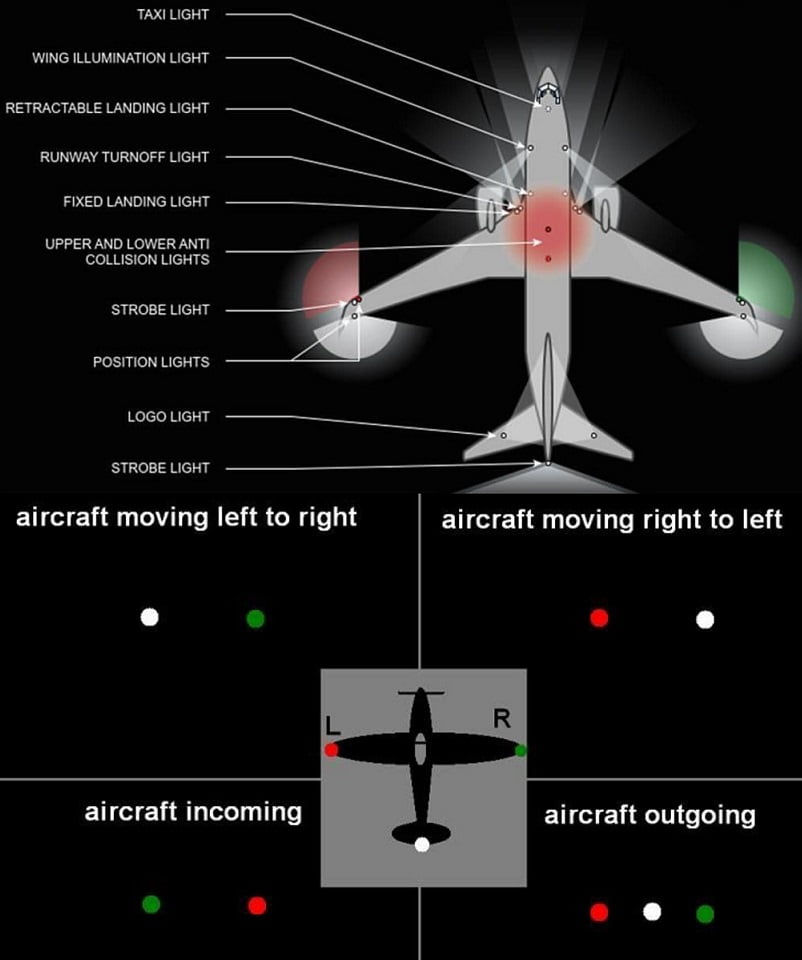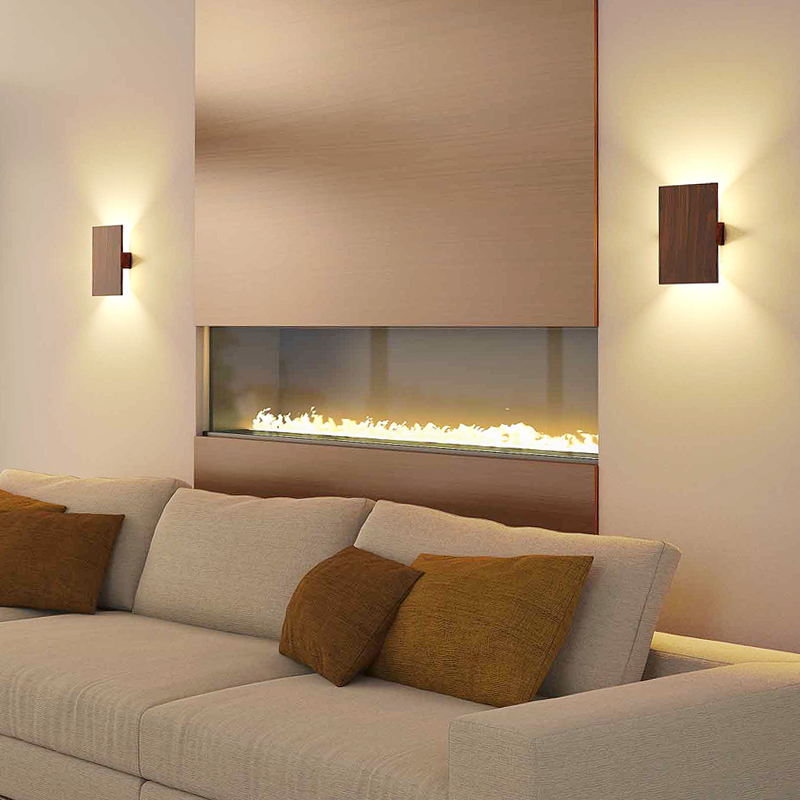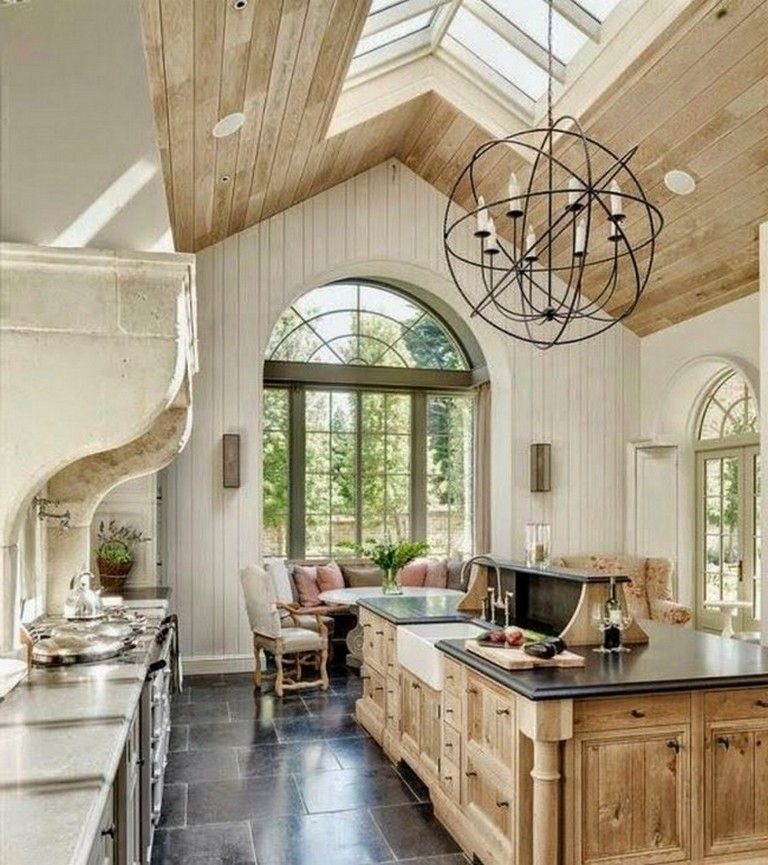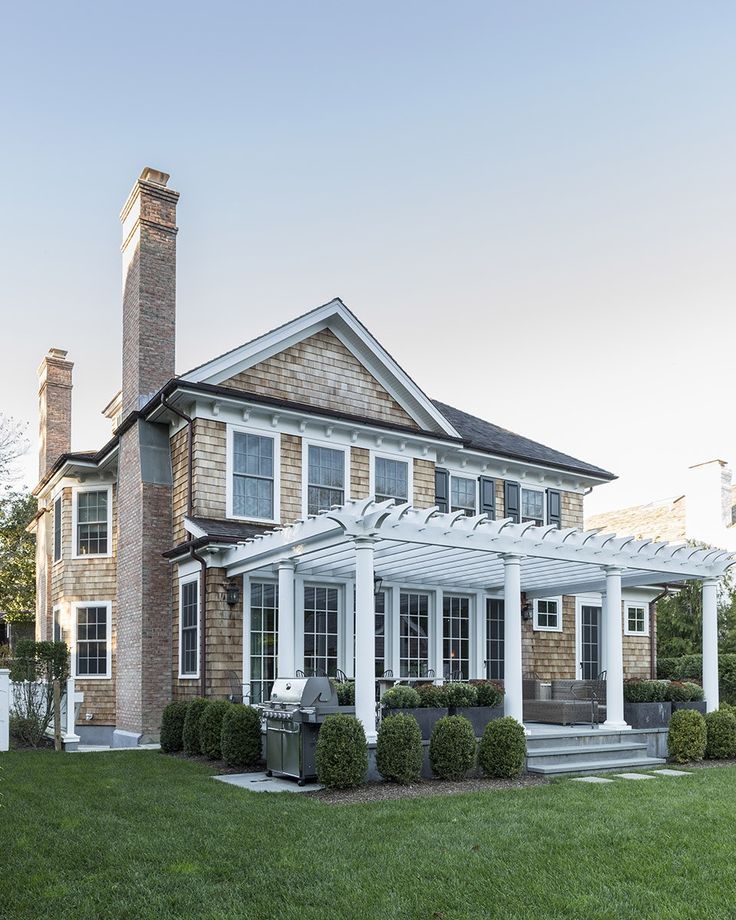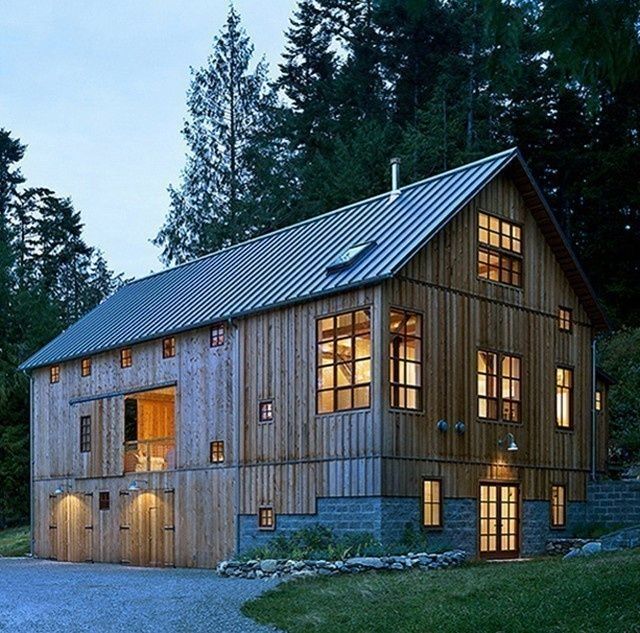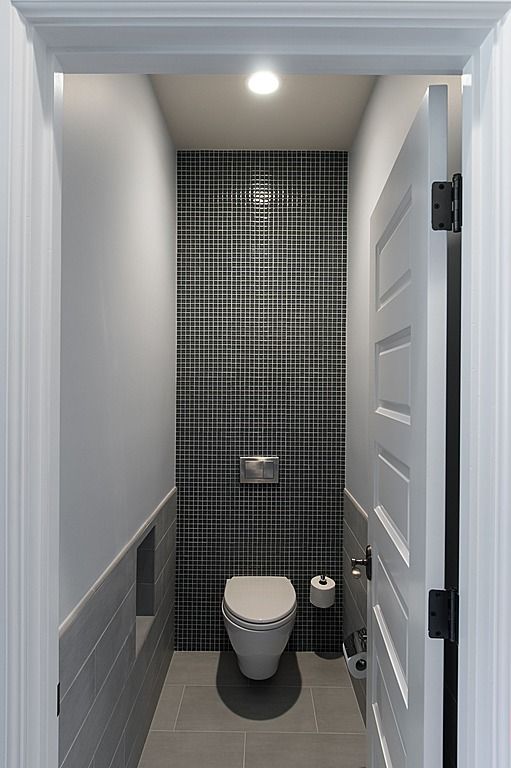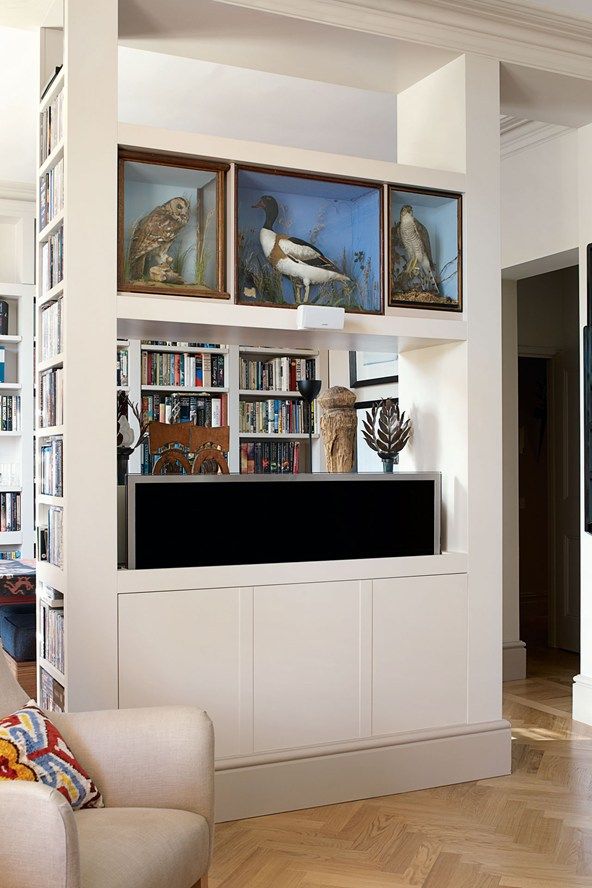Lighting for landings
10 ways to create chic illumination |
(Image credit: Sims Hilditch/David Collins Studio/Future)
Whether they’re pendants, on the wall, floor, table, or in other locations, landing lighting ideas can make an impact as well as fulfilling their role of illuminating the space.
They can provide ambient lighting for the whole landing, but they can also evoke a mood, or highlight features of the space and, in the same way as hallway ideas include lighting designs, plans for a landing can make use of all three types of lighting.
Here we’ve selected inspirational landing lighting ideas featuring beautiful examples of every type of light. You can discover, too, strategies for atmospheric as well as practical illumination from the experts.
Landing lighting ideas
A landing can be a beautiful space and not merely an entryway to other rooms, a corridor, or a pause on a staircase with considered lighting ideas. If you're looking at staircase ideas – or hallway lighting ideas – consider using a combination of ceiling and pendant lights, wall lights, those in skirtings, floor, and table lamps as sources of illumination.
1. Opt for a cascade of light
(Image credit: David Collins Studio)
If you are looking for landing ideas that highlight the design of the staircase, a landing can be illuminated with a pendant that makes a spectacular feature at its center.
‘We created a bespoke chandelier with a cascading lantern aesthetic which runs through the entire staircase of this prestigious townhouse,’ says Louise Lythe, associate director, David Collins Studio .
‘The fixture serves to connect the different floors and accentuates the scale of the property. The materials used are bronze and alabaster which both reflect light beautifully in an interior creating a subtle glow – the staggered forms create a sense of movement and sculptural interest, as well as complementing the architectural detailing.’
2. Choose elegant wall lights for landings
(Image credit: Sims Hilditch)
Staircase lighting ideas for the walls can be one of the most decorative landing lighting ideas as well as a functional choice. On this landing, the curved lines of the light echo that of the hand rail as it turns between the flights of stairs, as well as the ornate frame of the mirror.
On this landing, the curved lines of the light echo that of the hand rail as it turns between the flights of stairs, as well as the ornate frame of the mirror.
‘Installing wall lights is a great way to fill the space on a landing,’ says Emma Sims-Hilditch, founder and creative director at Sims Hilditch . ‘The hallways of a home form a vital connection from room to room.’
3. Throw patterns with landing lighting ideas
(Image credit: John Cullen Lighting)
Accent lighting often draws attention to a particular feature of a room, but it can also add drama in its own right. Here, a corridor-style landing is transformed by the pattern thrown across the floor.
‘Complete your lighting scheme with a layer of accent lighting to provide wayfinding down the corridor,’ suggests Hazel Park, senior designer at John Cullen Lighting . ‘Cazalla skirting lights set inside skirtings can provide a nightlight whilst complementing a range of home styles.’
She also suggests uplights for windowsills or floors to highlight window reveals and door frames.
4. Think landing lighting materials
(Image credit: Future Publishing Ltd Photograph: David Cleveland)
Selecting landing lighting ideas is an opportunity to enjoy the color and texture of particular materials. On this landing, metal shades for the pendant lights add an industrial twist to the space and complement the material of the staircase railing ideas. Both features are refined, though, swerving the chunky style typical of the industrial look.
A cool metal like this could be an ideal option for homes in warmer climate areas. Live somewhere cooler? Bring in highlights with metals such as copper or brass.
5. Pick different sized pendants
(Image credit: Nicole Hill Gerulat)
Choosing pendant lights of the same design in different sizes and hanging them at a range of heights can create a statement feature of landing lighting.
The shades in this arrangement have simple lines and color for a modern look, but grouped together they’re impactful. Lighting the landing this way is an opportunity to create an individual feature with the shade sizes plus the shape of the group your own choice.
Lighting the landing this way is an opportunity to create an individual feature with the shade sizes plus the shape of the group your own choice.
6. Light the way
(Image credit: Sims Hilditch)
Thoughtful landing lighting ideas can make a home feel more welcoming. ‘The correct placement of lighting can lead the eye down a hallway, creating a seamless flow throughout the interior,’ says Emma Sims-Hilditch.
A high ceiling for this landing allows the use of large pendant shades but, in glass, they allow the light from the windows through to maximize natural illumination in daylight hours.
7. Go for shapely glass shades
(Image credit: Future / Kasia Fiszer)
You could try a different take on glass pendant shades for a landing, choosing colored versions that gently tint the light to add a touch of fun to the space. A selection of shades has modern style and you can mix shapes that showcase the glassblower’s art, too.
For a corridor-style landing, hang them in a line, but odd numbers of designs like these can be grouped as an alternative for landings of different proportions.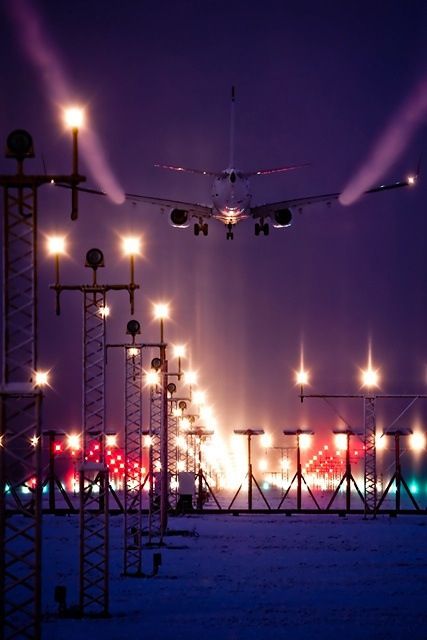
8. Use landing lighting ideas that show off art
(Image credit: John Cullen Lighting)
Whether your landing showcases individual artwork, pairs and other groups, or gallery style displays, make sure lighting illuminates pictures to best advantage.
‘Tilt directional, low glare downlights on to wall-mounted artwork to push the walls out and make narrow landings appear larger and brighter,’ says Hazel Park. ‘Additionally, choose beam widths that are sympathetic to the size of your artwork.’
9. Choose patterned lampshades
(Image credit: Future/Robert Sanderson)
An array of patterns can bring a landing to life, so don’t miss the opportunity to add to the mix by opting for a table lamp with a patterned shade as part of the lighting design for the space.
Designed by Kate Forman, the landing in this home continues the energy of the rest of the rooms, demonstrating the passion she and the homeowners share for color and vibrancy.
10.
 Create symmetry with floor lamps
Create symmetry with floor lamps(Image credit: Future Publishing Ltd Photograph: Rachael Smith Photography)
Make a sophisticated focal point on the landing by flanking a console table with a pair of floorstanding lamps in a symmetrical arrangement. The symmetry here is repeated with side chairs to left and right.
Floorstanding lights can allow a change of atmosphere for the space, as can other lighting choices. ‘Introduce mood lighting with dimmable table lamps, wall sconces or pendants for an ambient evening light,’ says Hazel Park.
And if you have skylights, she suggests LED strips for an indirect glow at night.
Where do you hang lights on a stairwell?
Lights on a stairwell can be hung from the ceiling or on the walls. Some stairs may require flush-mounted ceiling lights, but hanging fixtures such as a chandelier or pendant light can make a spectacular feature for a staircase. Wall lights, meanwhile, can be an elegant solution for lighting a stairwell.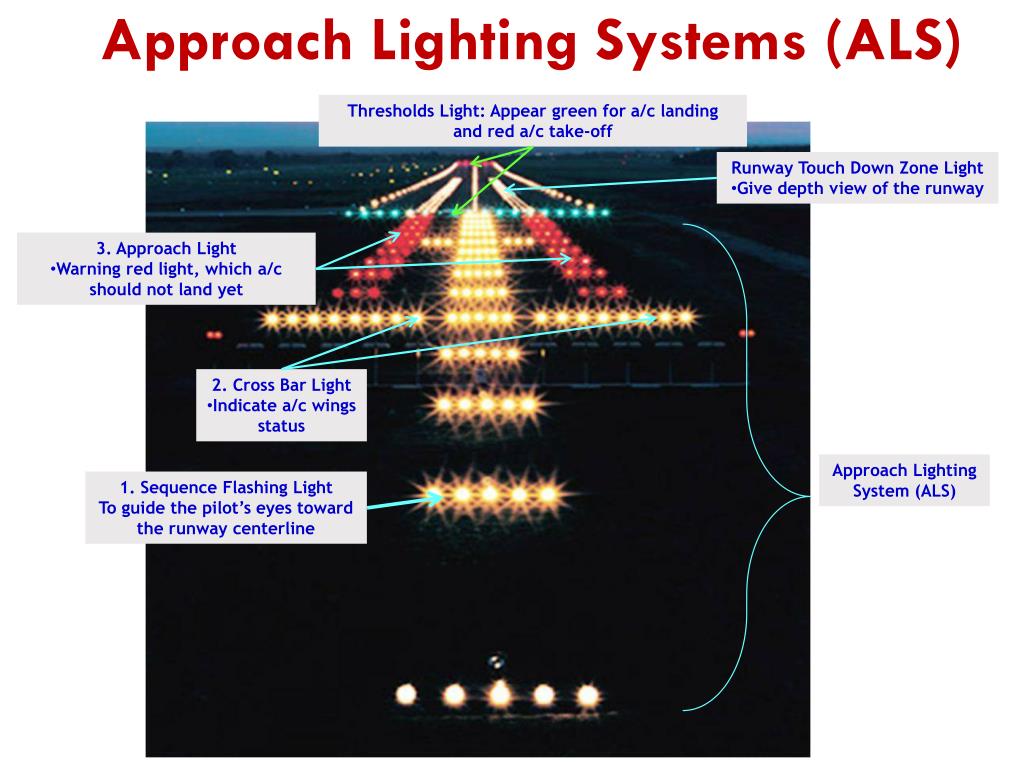
Make sure there is sufficient ceiling height for any chandelier or pendant light or group above a landing. The light fixture should not reach too low, so these are best where the ceiling is at least nine feet (2.7m) above the landing to create sufficient clearance.
How do you illuminate landings?
There are a whole host of options for illuminating landings that will make a fabulous feature of the staircase as well as ensuring it is safe for everyone to use. Ceiling lights like chandeliers and pendants can create good ambient light as well as proving attractive in their own right, as can wall lights.
In addition, consider eye-catching solutions such as tread lighting and illuminated handrails. Low level wall lights can illuminate the steps, and up or down lights can showcase the texture of a stair wall.
On landings, don’t neglect the potential of both table and floor lamps to add interest as well as an additional layer of lighting.
Sarah is a freelance journalist and editor. Previously executive editor of Ideal Home, she’s specialized in interiors, property and gardens for over 20 years, and covers interior design, house design, gardens, and cleaning and organizing a home for H&G. She’s written for websites, including Houzz, Channel 4’s flagship website, 4Homes, and Future’s T3; national newspapers, including The Guardian; and magazines including Future’s Country Homes & Interiors, Homebuilding & Renovating, Period Living, and Style at Home, as well as House Beautiful, Good Homes, Grand Designs, Homes & Antiques, LandLove and The English Home among others. It’s no big surprise that she likes to put what she writes about into practice, and is a serial house renovator.
Previously executive editor of Ideal Home, she’s specialized in interiors, property and gardens for over 20 years, and covers interior design, house design, gardens, and cleaning and organizing a home for H&G. She’s written for websites, including Houzz, Channel 4’s flagship website, 4Homes, and Future’s T3; national newspapers, including The Guardian; and magazines including Future’s Country Homes & Interiors, Homebuilding & Renovating, Period Living, and Style at Home, as well as House Beautiful, Good Homes, Grand Designs, Homes & Antiques, LandLove and The English Home among others. It’s no big surprise that she likes to put what she writes about into practice, and is a serial house renovator.
10 Landing Lighting Ideas for the top of the Stairs
(Image credit: Jeremy Phillips)If you're stuck when it comes to landing lighting ideas, you won't be the only one. Landings present a bit of a challenge when it comes to lighting design, for several reasons:
- Upstairs hallways can be narrow, and any lighting needs to not hinder you from using the space.

- Unless you have high ceilings or arrange your lighting cleverly, pendant lights may get in the way on a landing.
- Landings often lack sources of natural light, especially in narrow period homes, so artificial lighting is even more important for these areas.
Of course, the type of landing you have to illuminate will very much depend on the type and style of home you live in. With that in mind, we've picked out some of the best ideas for lighting a landing for different set-ups and layouts, so you can take stock of which works best for your home.
1. Flush Lighting is a Bright Landing Lighting Idea
(Image credit: Sweetpea & Willow)Pendant lights in a hallway are not necessarily the best landing lighting ideas. Unless you have really high ceilings, you'll have to make these lights artificially high when installing them, which can look odd for light designs that are meant to be dropped dramatically over furniture or a kitchen island.
Instead, look into flush lighting for your ceilings on a landing where space is tight and you need small hallway ideas for lighting. Flush lighting will not only not get in the way, but case an even glow across the space, keeping your landing well illuminated.
Flush lighting will not only not get in the way, but case an even glow across the space, keeping your landing well illuminated.
2. Or Choose a Semi-Flush Pendant for Landings With a Little More Ceiling Height
(Image credit: Limelace)The only problem with flush lighting is that it can sometimes lack a little of the design drama that pendant lights offer as a hallway idea. The compromise? Semi-flush lighting.
Semi-flush lighting still doesn't have the lengthy flexes of pendant lighting, but they protrude a little more from the ceiling, allowing for more decorative, interesting designs. Spotlights tend to be semi-flush, giving you options for directional, accent lighting too.
3. Drop a Pendant Lighting Over the Stairwell
(Image credit: Original BTC)If you can't resist a dramatic dropped pendant light for your landing, one idea for making it work is to drop it over your stairwell. Whether this is at the top of the stairs or over the central volume of your staircase design, this ensures that the pendant isn't in a place where anyone needs to walk.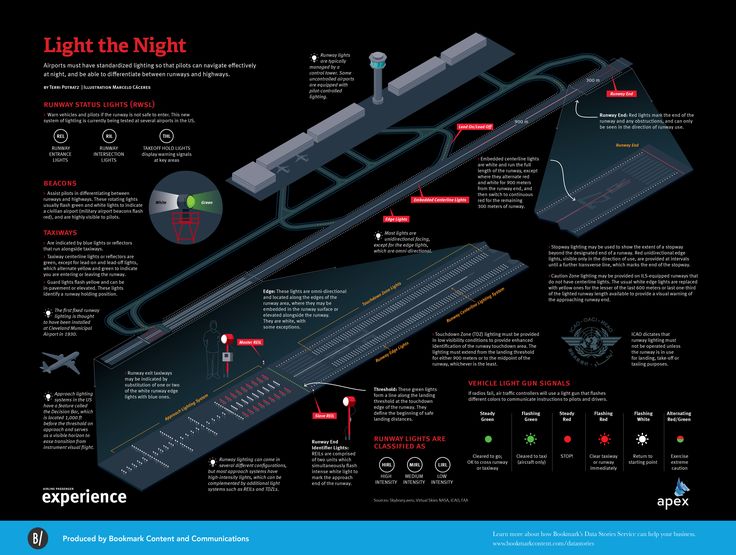
This beautiful cluster design from Original BTC just wouldn't work overhead on a landing, but by re-locating the light in between the landing and the next flight of stairs, it's possible to drop it lower and make a real design feature of it.
4. Or Create a Stunning Chandelier With Multiple Dropped Pendants
(Image credit: Matt Clayton c/o Xul Architecture )If you have a wide staircase with a central light well, a tiered chandelier can be used to create not only a bold staircase lighting idea, but also offer practical lighting across the different storeys of your home.
While some retailers offer stairwell lighting that'll meet most briefs, for an extra large stairwell across multiple storeys, you may have to look into bespoke options for this landing lighting idea.
(Image credit: Welsh Oak Frame )If space allows, an oversized statement pendant light is the perfect idea for the top of the stairs. This lofty, open landing in this oak frame home by Welsh Oak Frame demanded a chandelier to fit the proportions of the pitched roof, but has been paired with some more practical lighting in this landing area too — the perfect lighting idea for vaulted ceilings.
6. Pick the Right Wall Lights for Narrow Landings
(Image credit: Dar Lighting)The same principle that applies to pendant lights also needs to be thought of for wall lights on a landing. In a narrow space, wall lights should be as close to the wall as possible to avoid you and your family knocking into them.
If you do choose to use more decorative wall lights on your landing, consider their placement. Putting them over occasional furniture, or even radiators, can help avoid knocks and ground them in your space.
7. Accent Lighting Is a Super Effective Idea on a Landing
(Image credit: John Cullen Lighting)Lighting on a landing can be both decorative and functional. You don't need specific task lighting for a hallway, so accent lighting can be used to not only draw attention to art and the architecture of the space, but also provide enough lighting for using the landing at night time.
Uplights, spotlights or downlights are all effective for accent lighting.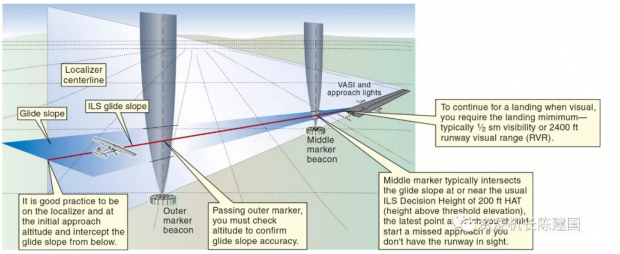 Consider their placement carefully though. While downlights might usually be used in the middle of the ceiling, in this design by John Cullen Lighting, they've been used at the edges, creating dramatic shapes on the walls.
Consider their placement carefully though. While downlights might usually be used in the middle of the ceiling, in this design by John Cullen Lighting, they've been used at the edges, creating dramatic shapes on the walls.
8. Simple Downlight Might be Just Enough for Your Landing Lighting
(Image credit: Jeremy Phillips)In certain instances, downlights are all the lighting you need for a landing. This modern self build, which has a raised platform landing open to the ground floor, is perfectly well lit during the daytime thanks to large windows and rooflights, while during the evening, it benefits from the ambient light from the ground floor lighting fixtures too.
Simple, unobtrusive downlights offer practical lighting for getting to bed in the evening, and even for jobs like cleaning the glass balustrades, while preserving the clean lines of this modern landing.
9. Illuminate the Floor for a Low-Lit but Safety Conscious Landing
(Image credit: John Cullen Lighting)There's nothing worse than having to get out of your bed in the middle of the night and put on a super bright overhead light in order to make it across your landing. While installing low-level lighting might be a dramatic solution to the problem, it's super effective, and can create a landing with real wow-factor while you're at it.
While installing low-level lighting might be a dramatic solution to the problem, it's super effective, and can create a landing with real wow-factor while you're at it.
10. Use LED Strips for a Modern Landing Lighting Idea
Another option for discreet lighting for a landing is LED strips. These can be recessed, either along the floor or the ceiling in a shadow gap so that your landing light is almost imperceptible when not switched on. These strips will offer an even lighting across your space and not take up any valuable space, making them especially suited to narrow landing spaces.
Get the latest news, reviews and product advice straight to your inbox.
Contact me with news and offers from other Future brandsReceive email from us on behalf of our trusted partners or sponsorsHugh is Digital Editor of homebuilding.co.uk and has worked on a range of home, design and property magazines, including Grand Designs, Essential Kitchens, Bathrooms, Bedrooms and Good Homes. Hugh has developed a passion for modern architecture and green homes, and moonlights as an interior designer, having designed and managed projects ranging from single rooms to whole house renovations and large extensions. He's currently renovating a Victorian terrace in Essex, DIYing as much of the work as possible. His current project is a kitchen renovation which involves knocking through walls and landscaping a courtyard garden.
Hugh has developed a passion for modern architecture and green homes, and moonlights as an interior designer, having designed and managed projects ranging from single rooms to whole house renovations and large extensions. He's currently renovating a Victorian terrace in Essex, DIYing as much of the work as possible. His current project is a kitchen renovation which involves knocking through walls and landscaping a courtyard garden.
Illumination for seedlings: we will make artificial lighting ourselves
Many gardeners start planting seedlings in the dead of winter - a time when daylight hours are very short. Therefore, hatching sprouts need to be provided with additional lighting, this is especially important if the windows on which it is placed face the north side or they are located on the lower floor of the house. Artificial lighting plants must be turned on in the mornings and evenings. For this, special phytolamps are used, but their price is so high that, in combination with the rest of the costs of self-growing vegetables, gardening becomes an unprofitable occupation, and the resulting crop is “golden”.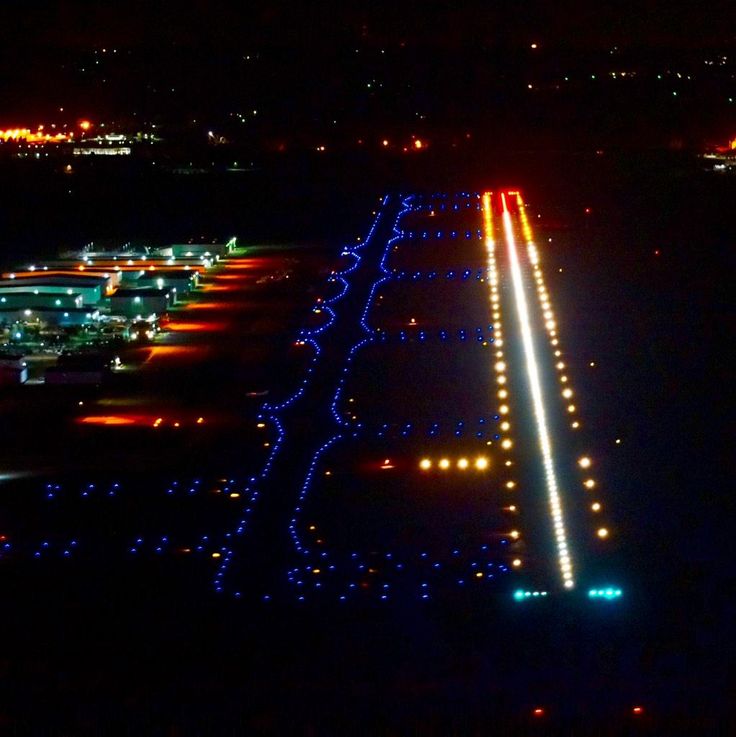 nine0003
nine0003
What is the way out in this situation? Of course, it is worth trying to build artificial lighting for seedlings yourself, using the tools of your home workshop. With modern access to all sorts of useful information, this is realistic and not so difficult to do, but first you need to figure out what the light spectrum, cone, LEDs, etc. are.
Even not very experienced gardeners understand what additional illumination gives the seedlings. The rays of light stimulate the photosynthesis of plants, but with insufficient illumination, this process proceeds sluggishly, the sprouts develop slowly, stretch too much, and the seedlings get sick. You need to know that each vegetable crop has its own favorite spectrum of lighting, while natural daylight is suitable for all plants in its components. Manufacturers supply the market with a variety of types of lamps, with which you can choose for each type of garden crops artificial lighting that has an effective effect, stimulating the rapid growth of healthy and strong plants. nine0003
nine0003
Which spectrum is useful
Speaking about the "usefulness" of the spectrum, let's immediately clarify that many gardeners are often mistaken, believing that seedlings do not need green light, which reflects. The green rays of the light spectrum are also involved in various important life processes. But, of course, the most complete spectrum has sunlight. It consists of light waves of different colors and lengths, each of which has a different effect on growing plants. For example, blue and violet rays stimulate cell growth and prevent stems from stretching. Sprouts under such rays turn out to be short stocky strong men. Red light has a beneficial effect on the process of seed germination and accelerates the flowering of seedlings. Of course, with all the progress of modern science, artificial lighting has not yet come close enough in quality to its natural counterpart - sunlight. The spectrum of different lamps has significant shifts towards one color or another. Therefore, for greater backlight efficiency, you need to use a reflector, and in order for the reflected light to be “diffuse”, that is, diffused, it is better to stay on a matte screen. Scattered rays are absorbed by plants much better than direct rays. nine0003
Therefore, for greater backlight efficiency, you need to use a reflector, and in order for the reflected light to be “diffuse”, that is, diffused, it is better to stay on a matte screen. Scattered rays are absorbed by plants much better than direct rays. nine0003
LED lamp LED Navigator 61 633 NEL-FITOMG01-15
What type of lamps to buy for arranging lighting
The indicator of optimal illumination for plants is 8,000 lux, additionally used lamps will allow you to get closer to the ideal parameter. To arrange effective illumination of plants, you can apply:
- Phytolamps - these lamps provide the best quality lighting for seedlings. They are very efficient, yet compact in size, environmentally safe, economical, and have a long service life. The best in this category are phytolamps of the Paulmann trademark - they do not heat up and, moreover, do not overheat the sprouts. The only drawback of phytolamps is the emission of lilac-pink light, which provokes a headache in people.
 To prevent this from happening to you, install external mirror reflectors. nine0025
To prevent this from happening to you, install external mirror reflectors. nine0025 - Fluorescent lamps - they are also fluorescent, they are also LBT - the most common option. They are inexpensive, do not heat the air in the room, they are simply mounted and changed. But at the same time, there are significant drawbacks - too little power, which is why you need to connect 3 or even 4 lamps for each relatively small box of seedlings for backlighting, this pleasure turns out to be energy-intensive, and the electricity bill for a month of backlighting will not please you. On top of that, the emission spectrum of such lamps contains negligible red light. Therefore, such lamps are mounted at a close distance from plants and surrounded by foil reflectors so as not to lose a single beam of the red spectrum. There are other types of fluorescent lamps, but only LBT and LB are suitable for illumination, and lamps such as LD and LDC cannot be used for this purpose, their light will have the opposite effect - oppress seedlings.
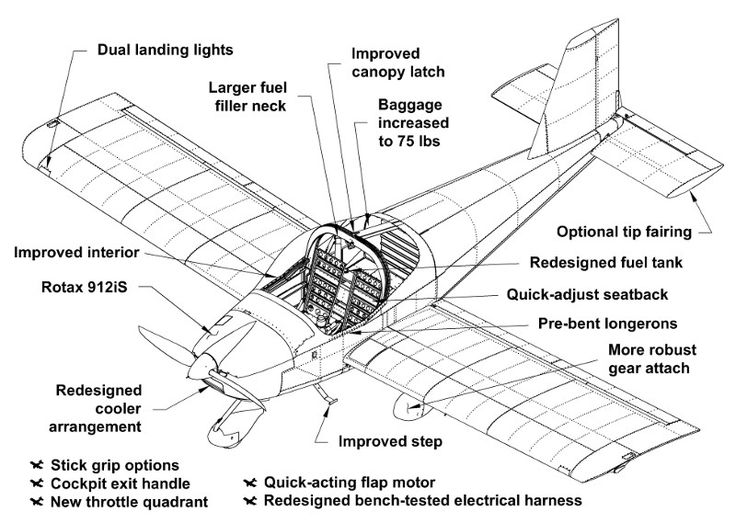 nine0025
nine0025 - Sodium metal halide lamps - this type of luminaire emits an orange-yellow glow, is very efficient and quite economical. In addition, they are easy to use, but they have a significant drawback - the lack of blue spectrum rays. When choosing this type of lamp, it is better to put several varieties. For example, DNaZ has a built-in mirror reflector, DNaTT does not have such a reflector, DRiZ is distinguished by a stable flow of light. The best effect can be achieved by combining them. Metal halide lamps do not irritate the eyes. They are not cheap, besides, they need additional installation of a regulatory device. nine0025
- LED lamps - perhaps the best solution today - economical, with a huge operational resource. The cost of such lamps is high, but the costs will pay off many times over. The service life of an LED lamp with regular use is a decade or more, even with 24-hour use. These lamps are energy efficient. For example, compared to fluorescent lamps, their energy consumption is 3.
 5 times less. LED-type lamps are excellent for artificial lighting of seedlings, they emit a very bright and uniform light flux, and in its spectrum there are such colors necessary for plants as red and blue, as well as other colors of the spectrum. nine0025
5 times less. LED-type lamps are excellent for artificial lighting of seedlings, they emit a very bright and uniform light flux, and in its spectrum there are such colors necessary for plants as red and blue, as well as other colors of the spectrum. nine0025
Incandescent lamps, although morally obsolete, are still used by many of us in everyday life. It is not worth using them as additional lighting. They are inefficient, and even consume a lot of electricity. They convert only 5% of the energy they consume into light, the remaining 95% become heat rays. Seedlings from such illumination can stretch out and even get burned.
Linear LED lamp UNIEL for seedlings and flowering 18W IP40 housing white nine0003
How to make artificial LED lighting yourself
Designing a lighting scheme
LEDs are optimally suited for the construction of homemade lighting. These lamps can be placed according to the scheme that, in your opinion, will most effectively solve the problem of additional lighting for plants.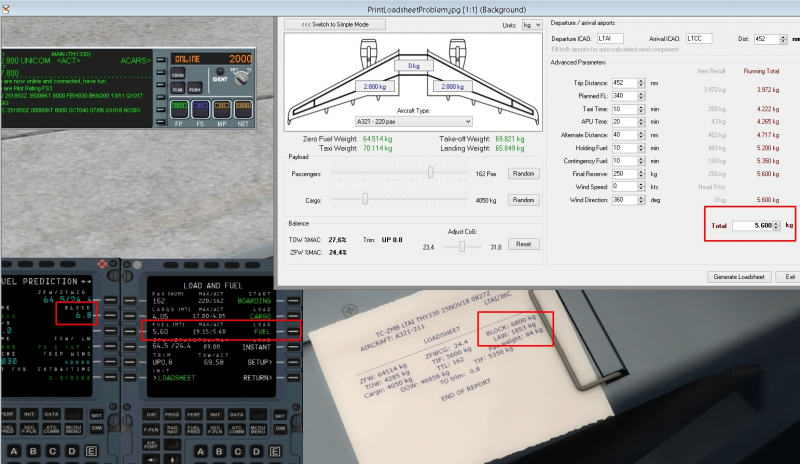 It is better to arrange them in two lines, so you can achieve uniform illumination of each sprout in a box or seedling container. Please also note that the beams of the LEDs diverge in the form of a light cone at an angle of 70-120, so the fixtures should be fixed so that the rays of the light cones cover the entire area of the boxes, leaving no unlit areas. nine0003
It is better to arrange them in two lines, so you can achieve uniform illumination of each sprout in a box or seedling container. Please also note that the beams of the LEDs diverge in the form of a light cone at an angle of 70-120, so the fixtures should be fixed so that the rays of the light cones cover the entire area of the boxes, leaving no unlit areas. nine0003
LED lamps are usually chosen by experienced gardeners who have thoroughly studied all the needs of growing seedlings and the possibilities of different types of lamps. LED lighting is a logical and predictable choice for an economical option that consumes a minimum of electricity. In addition, LED lamps give gardeners the opportunity to create their own, in their opinion, the most effective spectrum.
Infrared lamp for plants and animals ERA 250W E27 mirror reflector nine0003
To obtain good seedlings with thick strong stems, it is useful to use different light spectra for different periods and stages of the growing season, namely:
- Before picking seedlings, the best results are obtained by using blue and red lights to make the backlight in a 2:1 ratio.
 Blue stimulates the growth of the root mass, but somewhat inhibits the development of the stem, so that the plant develops not in height, but in width. The stem in this case will be strong, and the intervals between the leaves will be small. nine0025
Blue stimulates the growth of the root mass, but somewhat inhibits the development of the stem, so that the plant develops not in height, but in width. The stem in this case will be strong, and the intervals between the leaves will be small. nine0025 - At the end of the picking, it is recommended to reduce the intensity of highlighting, at this stage the seedlings are stressed, they need rest and peace after an extreme procedure. Therefore, for about a month, sprouts should be illuminated with blue and red lamps, observing a 1: 1 ratio.
Lighting steps
You need to start by purchasing a few LEDs. For example, red 3GR-R with a wavelength of 650-660 Nm need to be purchased 30 pieces, white 3HP2C 3800-4300 K - 10 pieces. and 4800-5300 K - also a dozen. The first will imitate the light of the sun at noon, the rest - in the morning. In addition, you need to purchase 20 3GR-B 445-452Nm blue lights and buy HG2217 and RLD10 PWM drivers. The listed equipment is easy to order in online stores. nine0003
nine0003
The installation scheme of the fixtures should provide for the possibility of turning on LEDs in different versions, for example, 20 pieces of blue and white. The backlight housing can be a standard industrial two-lamp luminaire. You just need to remove the old stuffing from it. The LEDs can be hot glued directly to the aluminum surface of the luminaire box. Then the fans are installed - those that remain from the old power supplies are quite suitable.
LED lamp for plants FITO ERA T8 18W G13 blue-red spectrum
And you can build LED lighting for seedlings in a simpler way. For this you need:
- 24 VDC 2 A power supply;
- 12 V power supply for cooler;
- cooling computer cooler;
- anodized aluminum tape - it will remove the generated heat from the diodes; nine0025
- blue LED matrix 10W Integrated High power LED;
- pair of red LED arrays 10W Integrated High power LED;
- wires;
- hot melt adhesive;
- epoxy adhesive.
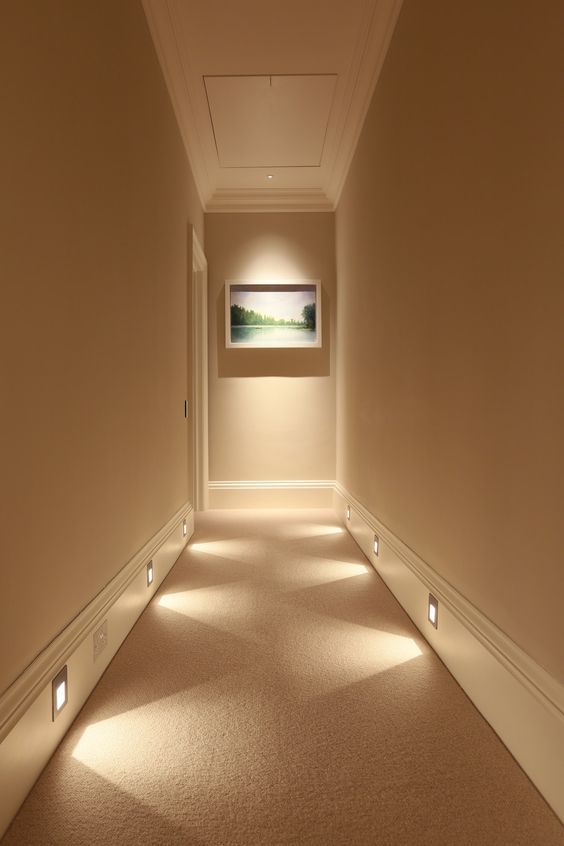
The further algorithm of actions is as follows:
- We clean the ends of the wire segments, cover with a layer of molten solder.
- We solder diode arrays to the ends in such a way as to combine the “+” and “-” of neighboring diodes. nine0025
- Solder the wires connecting the power supply to the remaining extreme ends. It is important to observe the rule that the summed operating voltage of all must not exceed the operating voltage of the unit. That is, if the unit is 24 V, then the total voltage of the diodes should not be more than this value.
- Further we work with an aluminum tape. On its edges we make two “ears”, on which the cooler is attached with hot glue.
- Glue the LED circuit onto the aluminum tape using epoxy glue. nine0025
- We bend the edges of the aluminum strip, turning it into a reflector.
- We turn on the backlight in the socket to test how it works.
As you can see, almost everyone can assemble a simple backlight. If you find it difficult to draw up a diagram yourself, you can find a ready-made one on the network, as well as watch videos on this topic. You can fix the assembled backlight on a simple wooden frame above the box. For those who grow a lot of seedlings or do not have enough space to place them on the windowsills, you can make a capacious multi-tiered rack, above each shelf of which you can mount a backlight. nine0003
If you find it difficult to draw up a diagram yourself, you can find a ready-made one on the network, as well as watch videos on this topic. You can fix the assembled backlight on a simple wooden frame above the box. For those who grow a lot of seedlings or do not have enough space to place them on the windowsills, you can make a capacious multi-tiered rack, above each shelf of which you can mount a backlight. nine0003
LED lamp for plants FITO LED ERA 12W full spectrum
Another important aspect of backlight placement is the distance at which it is placed. It should not be the same throughout the use of artificial lighting. The location of the illumination depends on the stage of seedling growth. For example, after sowing, the distance to the backlight should be approximately 12-14 centimeters. When the plants grow up, the backlight will need to be gradually raised, bringing the height to the traditional 20-25 centimeters and above. nine0003
The mode of operation of the backlight, the time it is turned on and off will be prompted by the plants themselves, you just need to carefully observe them.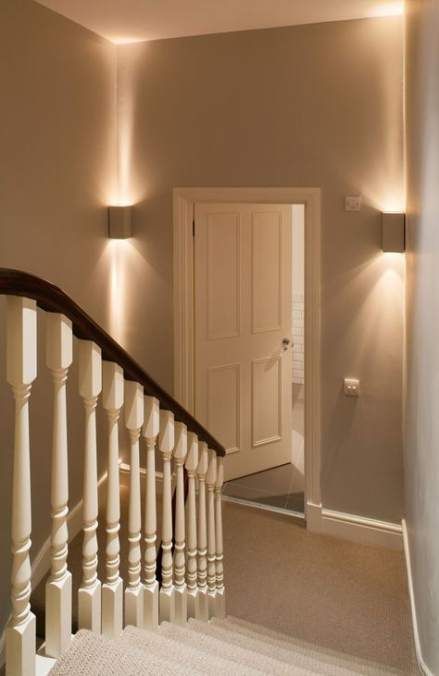 In the evening, for example, their leaves stretch upwards and seem to close together. Each species and variety of plant should receive the dose of light it needs. Most vegetable crops need 13 hours, but some of them are especially photophilous - they need all 17. It is recommended to turn on the backlight not only in the morning and evening, but also on cloudy days, when the plants do not get enough daylight through the window. nine0003
In the evening, for example, their leaves stretch upwards and seem to close together. Each species and variety of plant should receive the dose of light it needs. Most vegetable crops need 13 hours, but some of them are especially photophilous - they need all 17. It is recommended to turn on the backlight not only in the morning and evening, but also on cloudy days, when the plants do not get enough daylight through the window. nine0003
How to determine whether it is necessary to additionally illuminate the seedlings at a particular moment, or can you do without lighting? This is very easy to do. Turn on the backlight in the network, and if you notice that the room has become noticeably lighter, then let it work. If the difference is not felt so clearly, then there is enough daylight for the plants at this stage, and artificial lighting can be turned off for now.
Evaluation of LCL fit by slit lamp inspection
| This material is available for reading and downloading in pdf format |
The slit lamp fit assessment of contact lenses is the most common method used by contact lens prescribers.
Typically, various aspects of static and dynamic CL fit are evaluated, including lens centering (relative to the cornea).
Slit lamp fit assessment using direct or diffuse illumination and low magnification so that the entire CL-covered cornea is visible. The following criteria are used to evaluate fit:
- CL centering relative to the center of the cornea
- corneal area covered by lens
- mobility when blinking
- mobility during movement of the eyeball.
The essence of the selection of CL to ensure the correct fit is the choice of such CL, which in sagittal size will correspond to the patient's cornea.
The sagittal dimension will depend on the relationship between the base curvature radius and the CL diameter, which is shown in the figures below:
Contact lens fit assessment
Objective assessment of contact lens fit is performed using a slit lamp. Inspection is recommended to be carried out no earlier than 5 minutes after putting on the diagnostic pair.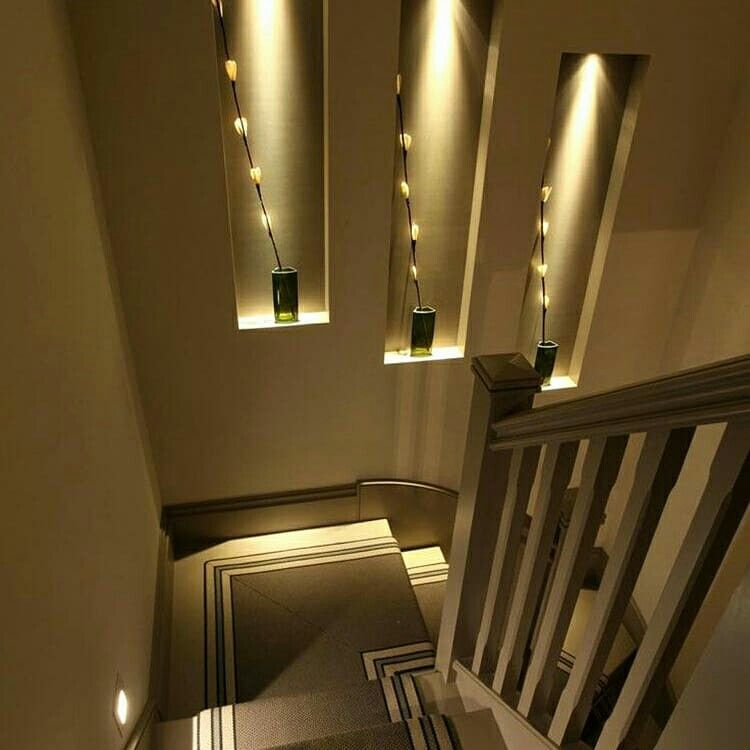
Correct fit criteria
- CL well centered
- CL completely covers the cornea
- Vertical mobility during blinking 0.2-0.5 mm
- When turning the eye upwards and towards the nose, the CL shift is about 1 mm
- When performing a lens shift test (push-up test), the CL moves easily and quickly returns to its original position
- Feeling of comfort when moving the eyeball
- Good stable visual acuity
Steep fit criteria
- Good centering KL
- Slight movement when blinking - less than 0.2 mm
- CL shift when turning the eyeball less than 0.2 mm or no shift
- No or slight shift during lens shift test (push-up test)
- Good primary comfort
- When turning the eye up and towards the nose, there is no shift in CL
- Feeling of pressure and discomfort after 2-3 hours of wearing the lens
- Folds of the conjunctiva at the limbus
- Air bubbles under CL
- Unstable visual acuity, improves after blinking
- Frequent forced blinking
With a steep fit, the sagittal dimension of the cornea is smaller than the sagittal dimension of the lens. In the profile, the CL has only two points of contact with the cornea - in the limbus zone, and the air space remains in the center. Increased pressure on the limbus zone leads to disruption of the tear flow under the CL. In addition, there is a mechanical pressure on the vessels of the limbus, which can lead to their expansion and hyperemia of the limbal zone.
In the profile, the CL has only two points of contact with the cornea - in the limbus zone, and the air space remains in the center. Increased pressure on the limbus zone leads to disruption of the tear flow under the CL. In addition, there is a mechanical pressure on the vessels of the limbus, which can lead to their expansion and hyperemia of the limbal zone.
The contact lens is well centered, but too tight to the surface of the eye, there is little or no movement when blinking (less than 0.2 mm). The patient may experience intermittent blurred vision that resolves immediately after blinking and then reappears. Therefore, with a steep landing of CL, patients are forced to blink frequently. Conjunctival folds and indentation of the lens edge in the limbus zone, which can be seen when viewed through a slit lamp, may also indicate a tight fit. nine0003
Flat landing criteria
- Poor face centering, severe up, down or sideways movement
- Discomfort
- Increased mobility - more than 1.
 0 mm when blinking
0 mm when blinking - Displacement of CL when turning the eyeball up and towards the nose - more than 1.5 mm
- Unstable visual acuity
- CL shifts sharply during lens shift test (push-up test) - goes far into the cornea, may not return to its original position
With a flat fit, the sagittal dimension of the cornea is larger than the sagittal dimension of the lens.
Push-up test
The LOC Sliding Test is the most effective way to evaluate dynamic lens fit.
- With a normal fit, the contact lens returns freely after blinking. The optimal value is the lens shift by 1/2 of the distance from the edge of the CL to the limbus. nine0025
- If the CL is difficult to move, it means that it is too tight on the cornea, i.e.
